In the network layer or communication layer of the IoT system architecture, one or more communication technologies, either wired or wireless are used to collect the data, process the data and transfer the data to the cloud layer. In this article, let’s understand the basics of networking or the networking technologies used in IoT for data processing and transmission.
Physical cum data-link layer in the OSI model uses wireless or wired communication technologies. This layer consists of a local area network (LAN) or a personal area network (PAN). The devices in IoT or M2M deploys either wireless or wired technologies before communicating with a gateway.
The wireless technologies are BLE, RFID, ZigBee IP, Zigbee NAN (Neighbourhood Area Network), NFC, and 6LoWPAN.
Wired technologies are Ethernet, I2C (Inter Integrated Circuit), SPI (Serial Peripheral Interface), and UART (Universal Asynchronous Receiver Transmitter).
Contents
Wireless Technologies in IoT
NFC
Near Field Communication (NFC) is an enhancement of ISO/IEC 14443 standard, contactless proximity-card standard. NFC is a short distance (20cm) wireless communication technology. NFC enables communication between proximity cards and other devices.
Examples of applications using NFC are proximity card reader, RFID, IoT, M2M, mobile device, mobile payment wallet, electronic keys for car, house, office, and biometric passport reader
NFC devices can transmit and receive data at the same time and can generate RF fields at the nearby passive RFID devices.
NFC features are as follows:
- Functions within distances up to 10-20cm
- NFC devices can also communicate with Bluetooth and Wi-Fi devices in order to extend the distance from the NFC device
- Data transfer rates are 106, 212, 424, and 848 kbps
- Set-up time is 0.1s
- Three modes of communication are:
- Point-to-Point mode
- Card-emulation mode
- Reader mode
- Two communication modes are:
- Manchester coding communication scheme
- Modified Miller communication scheme
RFID
Radio Frequency Identification (RFID) provides an automatic identification method. RFID devices function as a label or a tag which may be placed on an object. The information in the label can be read by a nearby reader device to track the presence or movement of an object.
Range can be from 10m to 100m or even more. RFID can be used in applications such as logistics, inventory management, sales log-ins, supply chain management etc.
Differences between NFC and RFID are given in the below table:
Bluetooth / BLE
Bluetooth devices follow IEEE 802.15.1 standard protocol for physical cum data link layer (layer 1). BT devices form a Wireless Personal Area Network (WPAN). Two types of modes for the devices are Bluetooth BR/EDR (Basic Rate 1 Mbps / Enhanced Data Rate 2 Mbps and 3 Mbps) and Bluetooth Low Energy (BLE 1 Mbps). Bluetooth v4.2 is also called BLE or Bluetooth Smart.
BLE provides:
- LE data packet-length extension
- Secure connections and link layer privacy
- Scanner and filter link layer policies
- Internet Protocol Support Profile (IPSP)
BLE range is 150m at 10mW power output, data transfer rate is 1 Mbps and setup time is less than 6s. Bluetooth v5 was introduced in 2016, which quadrupled the range and doubled the speed (latest version is v6 released in 2022).
Bluetooth features are as follows:
- Auto-synchronization between mobile and other devices
- BT network uses features like self-discovery, self-configuration and self-healing
- Support for NFC pairing for low latency in pairing the BT devices
- Support for two modes: single mode and dual mode
- IPv6 connection option for Bluetooth Smart with IPSP
- Smaller packets in LE mode
- Devices can opt for both link layer and service layer security or just service layer security
- AES-CCM 128 authenticated encryption algorithm for confidentiality and authentication
Differences between Bluetooth and BLE are given in the below table:
Zigbee
ZigBee devices follow the IEEE 802.15.4 (LR-WPAN) standard protocol for physical cum data link layer. ZigBee devices form a WPAN. ZigBee IP is an enhancement which supports IPv6 connectivity.
ZigBee IP contains Reduced Function Devices (RFDs). A RFD sleeps and wakes up as per need. ZigBee Smart Energy (SE) v2.0 has energy management and energy efficiency capabilities using the IP network
Features of ZigBee IP are as follows:
- PHY/MAC protocol is IEEE 802.15.4
- Used as low-power short-range WPAN
- A device functions in six modes: end point, ZigBee router, ZigBee network coordinator, ZigBee IP coordinator, ZigBee IP router and IP host
- Self-configuring, self-healing, dynamic pairing and mesh-network supports both multicast and unicast options
- Support for IPv6 network using 6LoWPAN header compression, connection for Internet communication and control of low power devices
- Low latency (<10ms) link layer connection
- Range is 10-200m; data transfer rate is 250kbps; low power operation
- Includes RFD in ZigBee SE v2.0
Wi-Fi
Wi-Fi is based on IEEE 802.11 protocol for Wireless Local Area Networks (WLANs). Wi-Fi enables Internet connectivity of distributed WLAN networks.
Wi-Fi is a popular wireless technology except for the issues like higher power consumption, interference, and performance degradation. Wi-Fi interfaces connect within themselves or to an AP or a wireless router using a PCI (Peripheral Component Interconnect) or some other means.
Base Station AP: A wireless transceiver or base station which can connect one or many wireless devices to the Internet.
Peer-to-peer nodes without AP: Client devices within the Independent Basic Service Set (IBSS) network can communicate directly with each other.
Each BSS has a Service Set Identifier (SSID). Peer to multipoint nodes with Basic Service Sets (BSSs) using one in-between AP or distributed BSSs connected through multiple APs.
Wi-Fi AP or router features are as follows:
- Use generally the 2.4 GHz IEEE 802.11b adapter or 5 GHz (802.11a or 802.11g) or 802.11n or other 802.11 series protocols
- Interfaces use 2.4 GHz or 5 GHz antenna
- Offers mobility and roaming
- Have easy installation, simplicity, and flexibility
- Coverage range 30 – 125m
- 802.11b offers a data rate of 11 Mbps within a range of 30m and is unaffected by walls
- Use 802.11g for high data rate up to 54 Mbps and 802.11n for very high 600 Mbps using multiple antennas to increase data rates
- Have security, integrity, and reliability
- Uses Wireless Protected Access (WPA) and Wired Equivalent Privacy (WEP) security sublayers
Sigfox
Sigfox devices use proprietary RF protocol for physical, data-link and network stack transmitter and receiver. The physical layer is non-cellular and uses LPWAN with the base-station or access-point communication.
Device transceiver uses ultra-narrow band technology with 200kHz channel bandwidth. The devices operate in below 1 GHz unlicensed band. Sigfox devices are energy efficient due to ultra-narrow band technology, below 1 GHz RF spectrum and limited size (12B) of data transfer.
The devices are simple as only two transceivers communicate messages between them. The devices are cost-effective as they don’t need licensed spectrum. The device messages have global-reach through web/cloud server.
LoRaWAN
LoRaWAN is for applications which require low power devices to send small amounts of data over a distance of 1000+ meters using a battery power module.
Each device uses an open cellular protocol for physical and data-link stack transmitter and receiver. Device transceiver uses spread spectrum modulation techniques derived from Chirp Spread Spectrum (CSS) technology.
The devices operate in licensed bands. Each smart device communicates 12B or more with a peak data transfer rate of 180-375 bps.
LPWAN
LPWAN is for industrial applications which require the low power devices to send customizable simple small header and message data periodically over distances of 1000+ meters using a single battery lasting for many years.
The communication technology for LPWAN can be either cellular or 5G or non-cellular (like Sigfox).
Differences between NFC, BLE, ZigBee IP and Wi-Fi are given in the below tables:
Wired Communication
Wired communication can be:
- Serial synchronous communication (SPI and I2C)
- Serial asynchronous communication (UART)
- Parallel communication
Popular wired communication technology is Ethernet. Wired communication can use a USB port.
UART
A Universal Asynchronous Receiver and Transmitter (UART) enables serial-communication of 8-bits serially. Serial communication means data is sent bit-by-bit in successive time intervals. Asynchronous means there is no synchronization based on a common clock.
The stations can transfer a frame and wait for an acknowledgement. Universal Synchronous Asynchronous Receiver and Transmitter (USART) enables serial communication in both synchronous and asynchronous mode.
SPI
Serial Peripheral Interface (SPI) is one of the widely used serial synchronous communication methods. The source of serial synchronous I/O is called a master. The receiver of serial synchronous I/O is called a slave.
The master controls the clock signal. Four signals are used namely:
- SCLK – Clock
- MISO – Master Input Slave Output
- MOSI – Master Output Slave Input
- SS – Slave Select
I2C
The Integrated Circuits (ICs) in sensors, actuators, flash memory, and other devices are mutually networked through a common synchronous serial bus called Inter-Integrated Circuit (I2C).
Four modes of operation are master transmit, master receive, slave transmit, and slave receive. Most devices have a single role and use two modes only during communication.
I2C has two lines for carrying the signal. One line is for clock and one line is for bidirectional data.
SDA (Serial Data) – The line for the master and slave to send and receive data
SCL (Serial Clock) – The line that carries the clock signal
Differences between SPI, I2C and UART are given in the below table:
| Feature | SPI | I2C | UART |
| Data transfer rate | Synchronous | Synchronous | Asynchronous |
| Number of wires | 4 | 2 | 2 |
| Data rate | Up to 100Mbps | Up to 3.4Mbps | Up to 230Kbps |
| Distance | Up to 10 meters | Up to 5 meters | Up to 15 meters |
| Addressing | Slave select lines | 7-bit or 10-bit address | No addressing |
| Multiple masters | No | Yes | No |
| Full duplex | Yes | Yes | Yes |
| Error checking | None or CRC | ACK/NACK | Parity bit |
| Hardware complexity | High | Low | Low |
| Software complexity | Low | High | High |
| Typical applications | Flash memory, SD cards, display modules | Sensors, actuators, EEPROMs | Serial communication between devices |
USB
Universal Serial Bus (USB) is for fast serial transmission and reception between hosts and devices. Examples of USB devices are keyboard, mouse, printer, etc.
USB is a bus between the host system and a number of interconnected peripheral devices. Maximum 127 devices can be connected to a host.
USB three standards are:
- USB 1.1 (1.5 and 12 Mbps)
- USB 2.0 (mini size connector – 480 Mbps)
- USB 3.0 (micro connector – 5 Gbps) and USB 3.1 (10 Gbps)
Ethernet
The Ethernet standard is IEEE 802.3. Ethernet is used for local networks of computers, workstations and other devices.
Features of Ethernet are as follows:
- Uses passive broadcast medium and is wired connection based
- Ethernet frame consists of header, data from previous layer and a trailer
- Uses 48-bit MAC addresses assigned directly to each computer on the LAN
- Uses wired bus topology and the transmission rates are 10 Mbps, 100 Mbps, 1 Gbps, 4 Gbps and 10 Gbps

Suryateja Pericherla, at present is a Research Scholar (full-time Ph.D.) in the Dept. of Computer Science & Systems Engineering at Andhra University, Visakhapatnam. Previously worked as an Associate Professor in the Dept. of CSE at Vishnu Institute of Technology, India.
He has 11+ years of teaching experience and is an individual researcher whose research interests are Cloud Computing, Internet of Things, Computer Security, Network Security and Blockchain.
He is a member of professional societies like IEEE, ACM, CSI and ISCA. He published several research papers which are indexed by SCIE, WoS, Scopus, Springer and others.


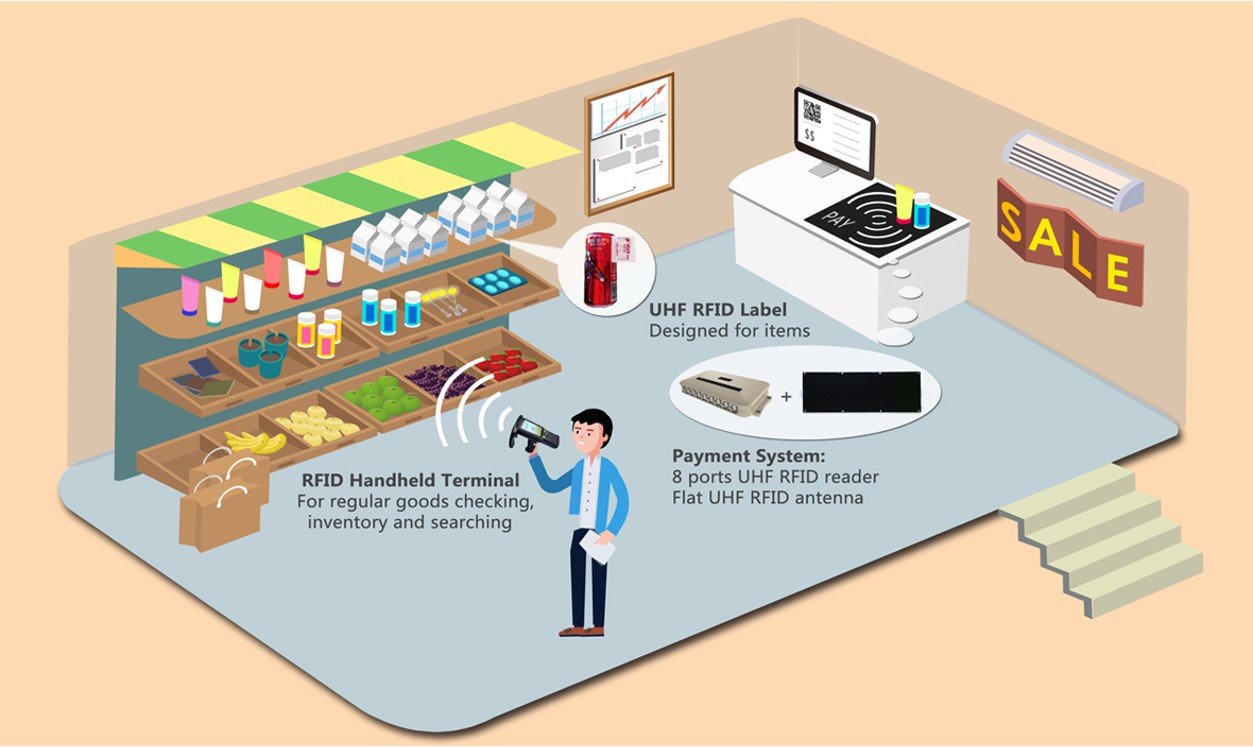
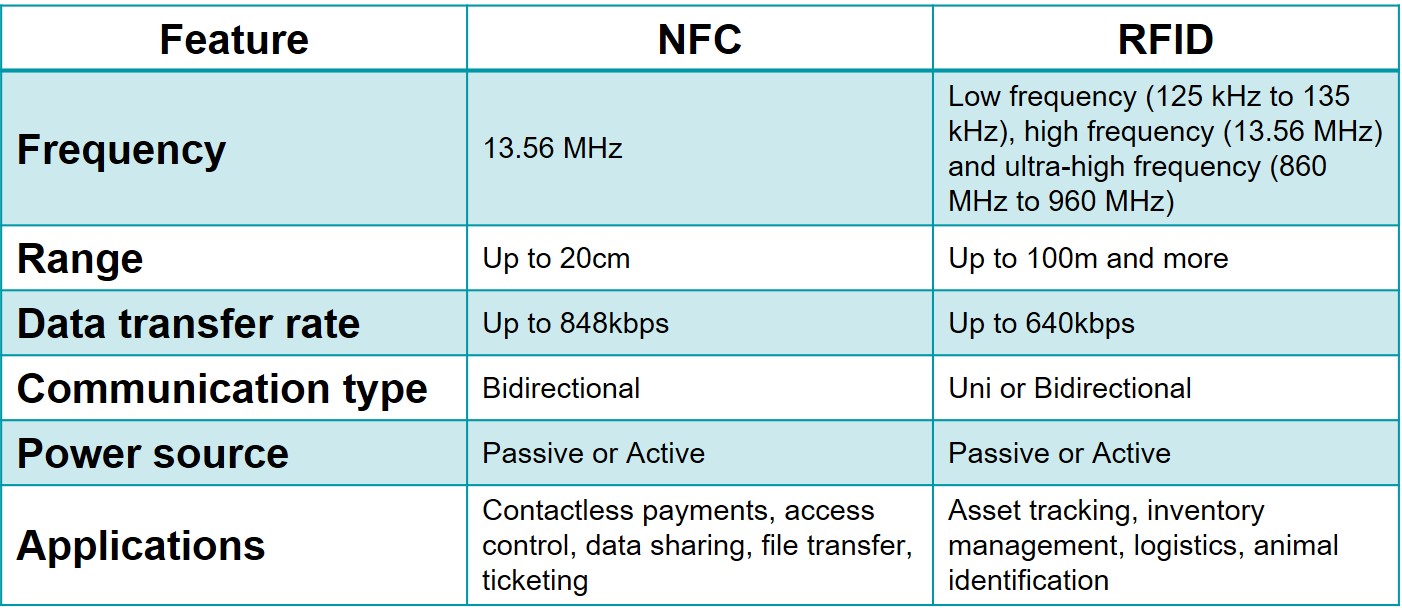
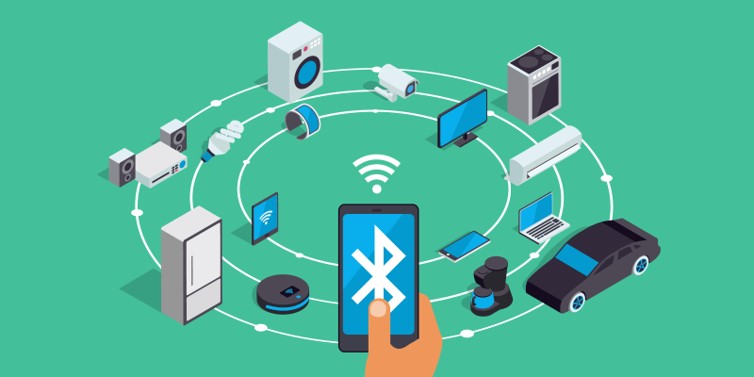

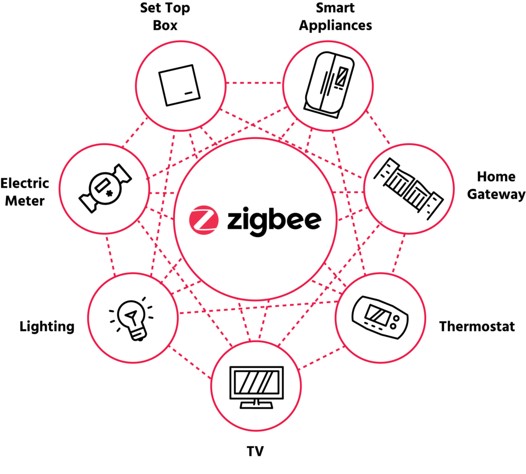
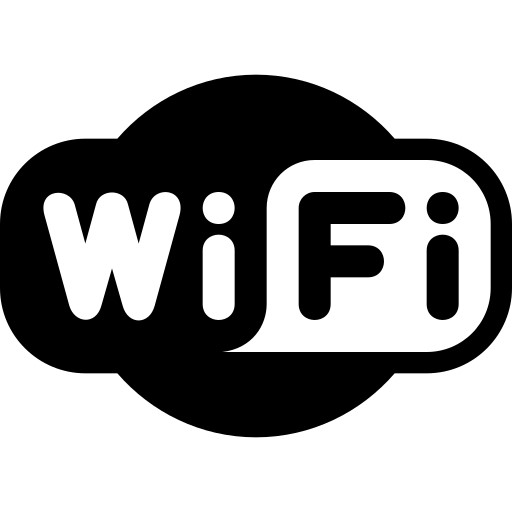
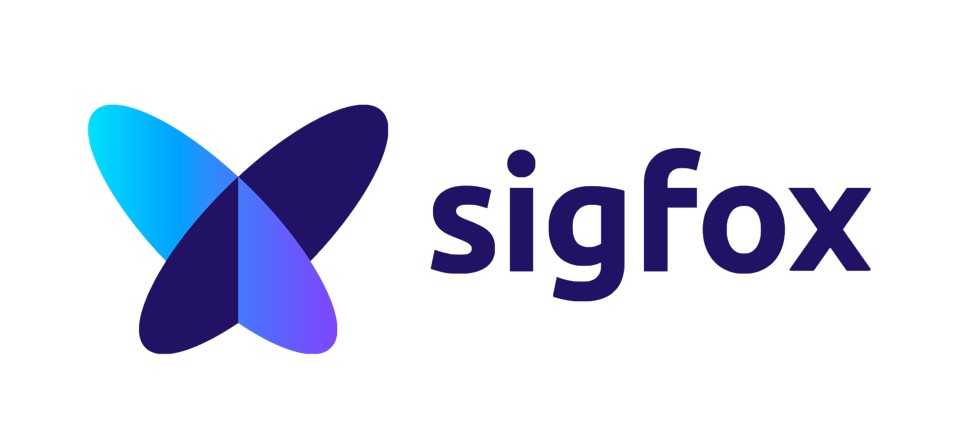
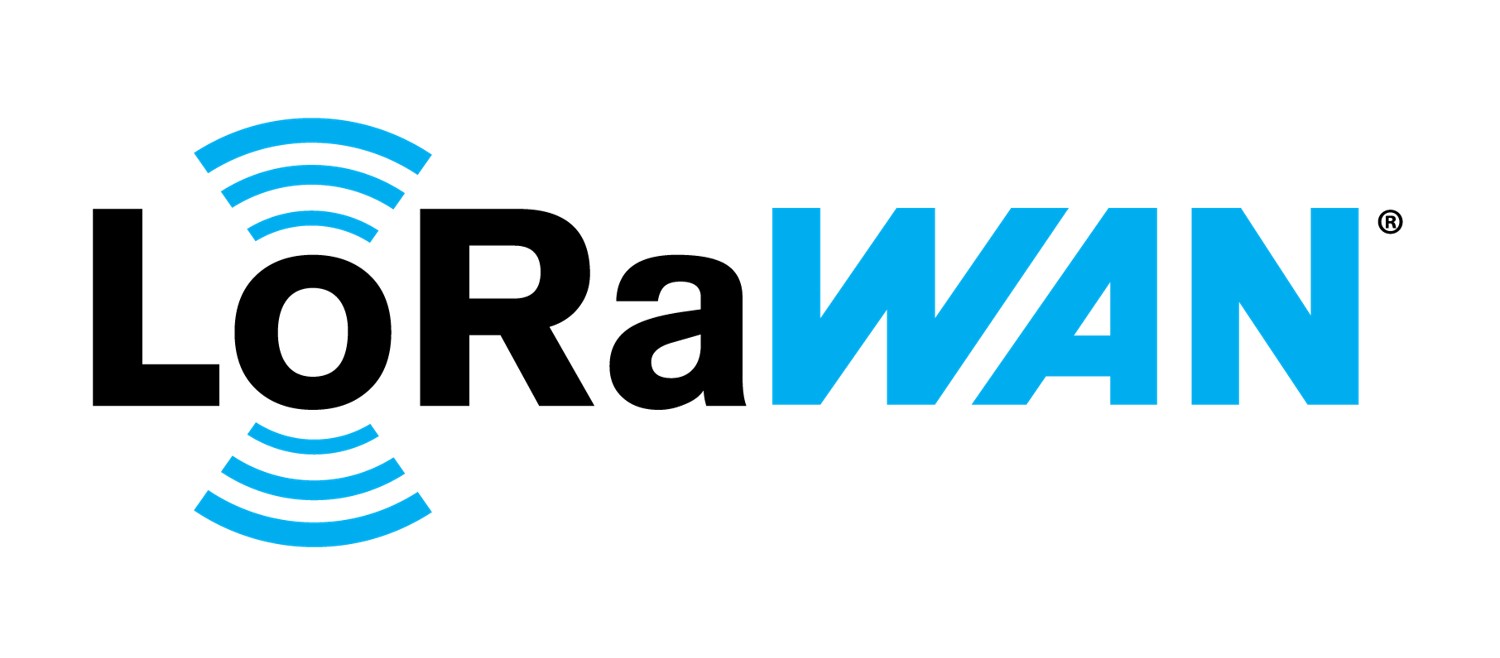
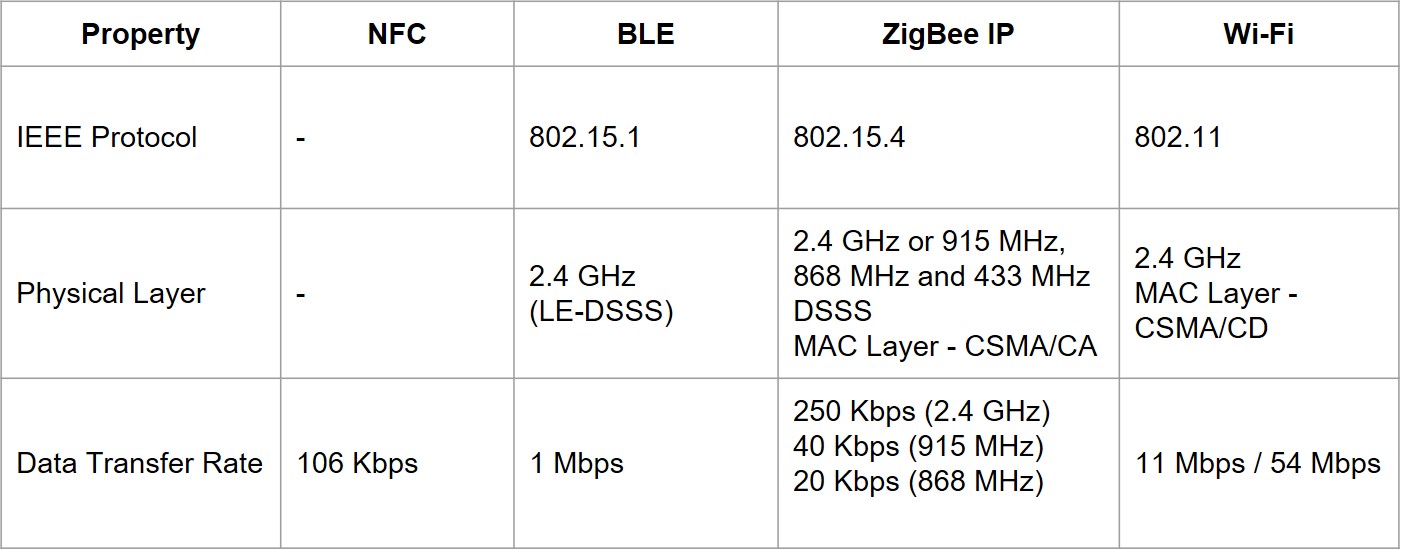
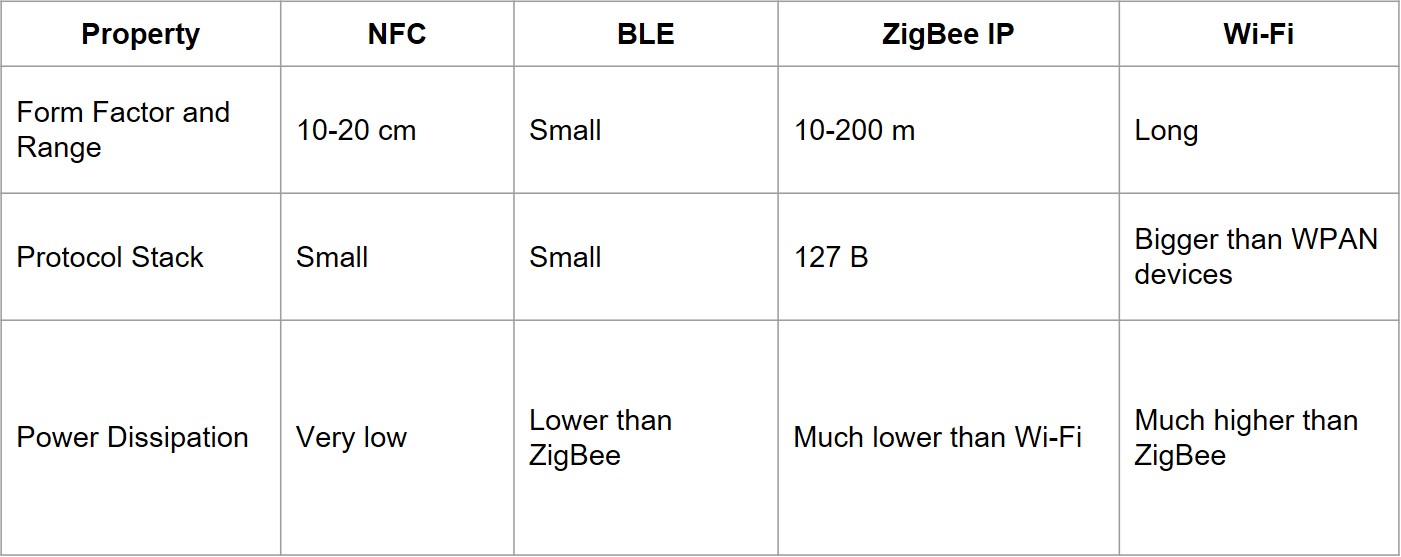
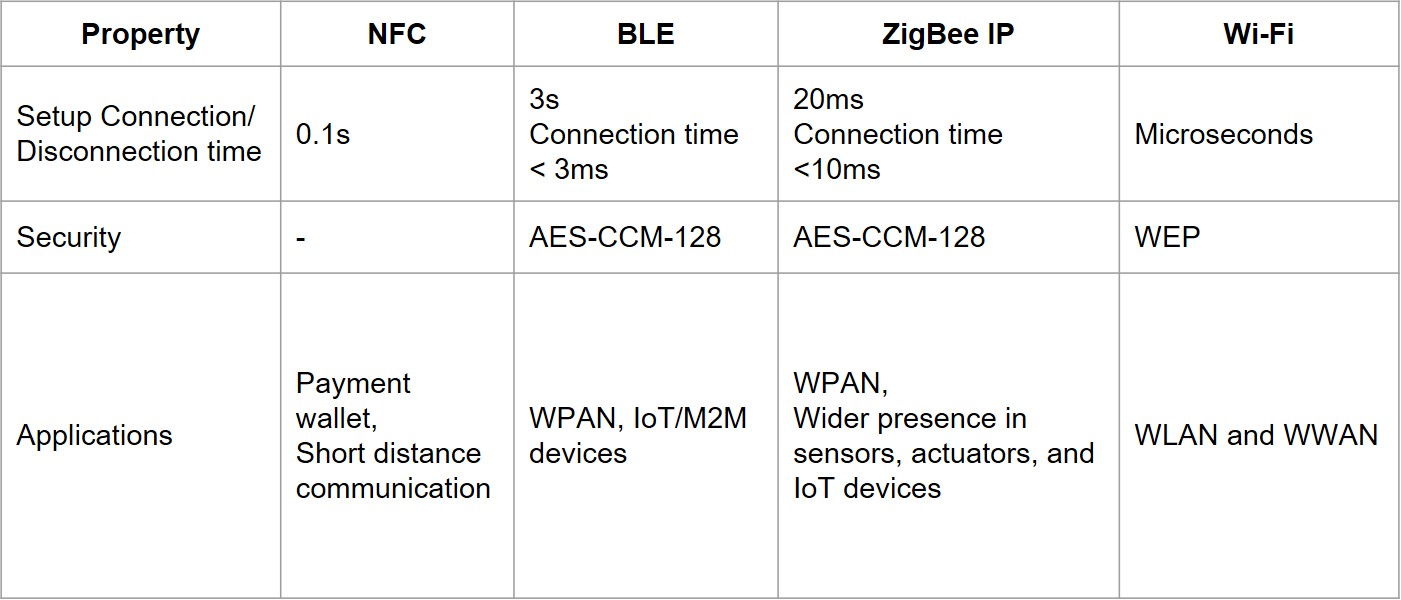
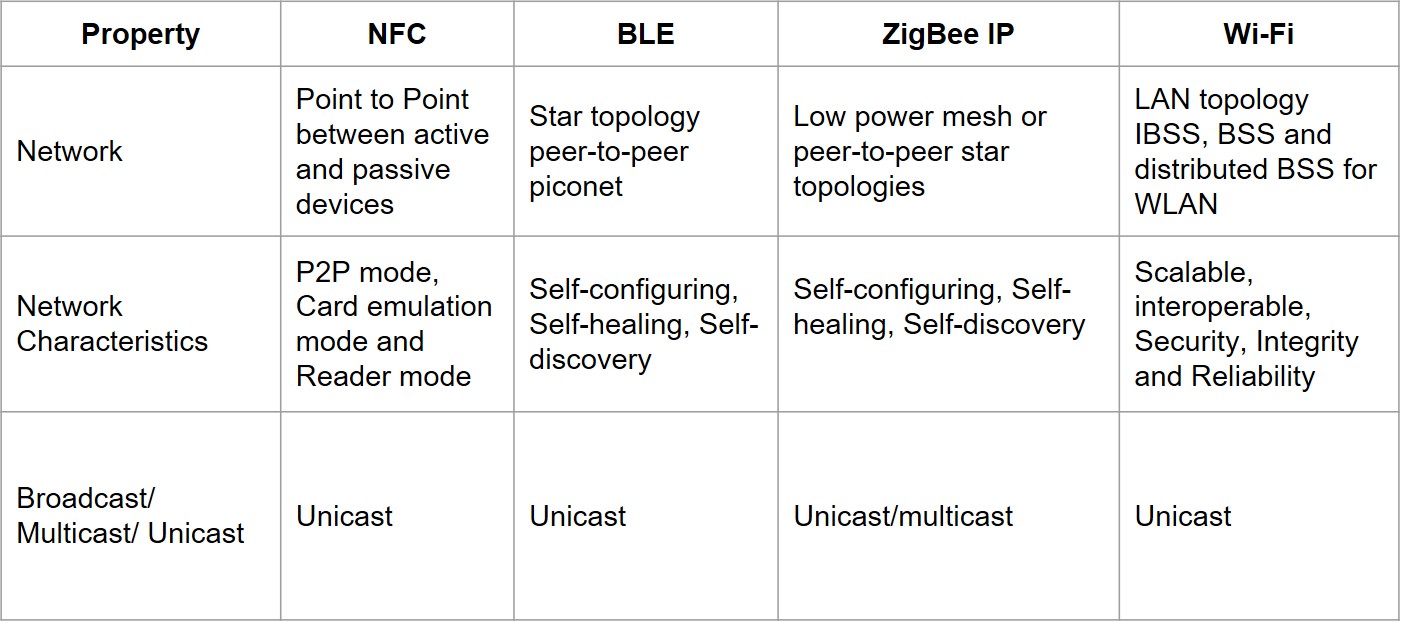
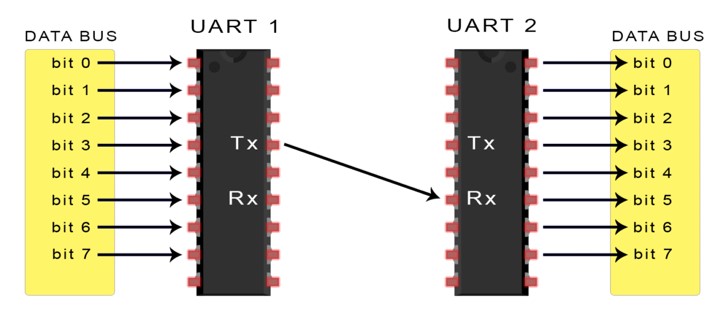
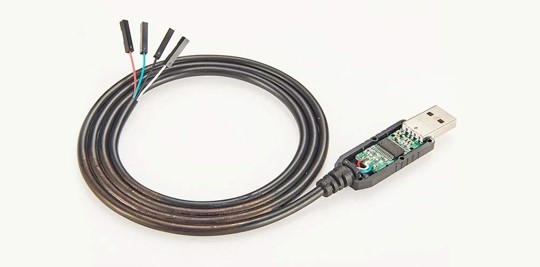
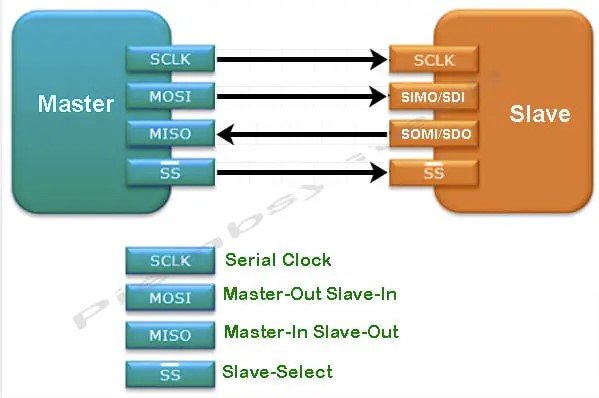
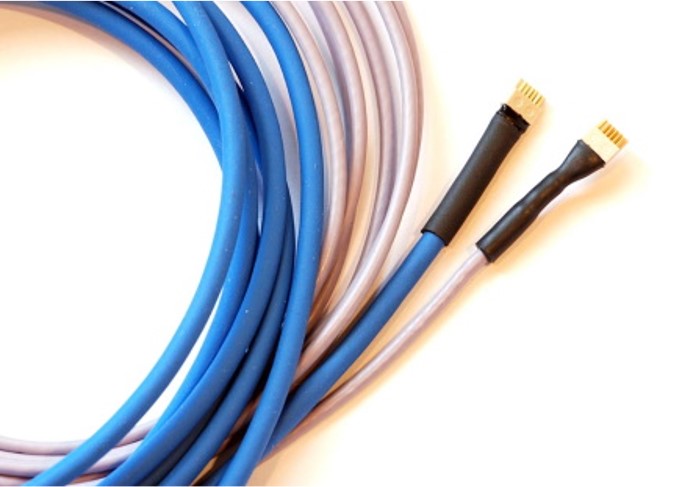


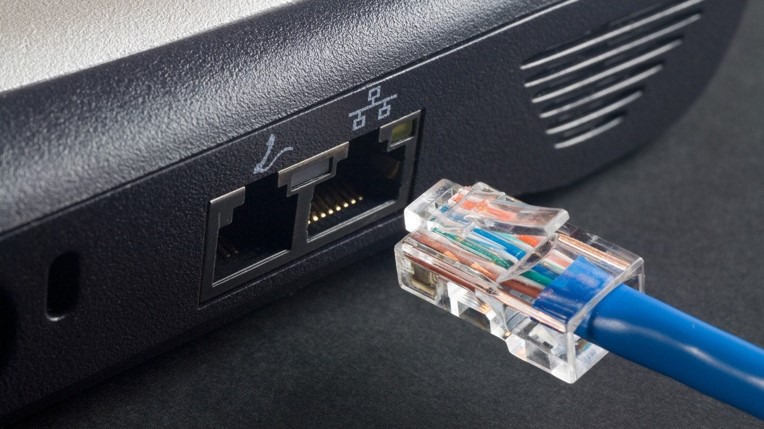
Leave a Reply